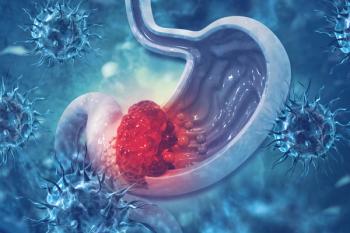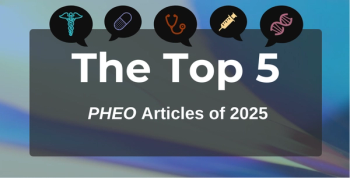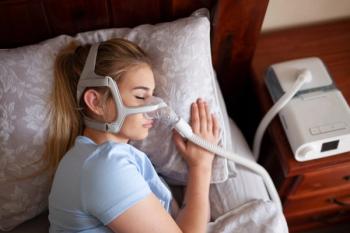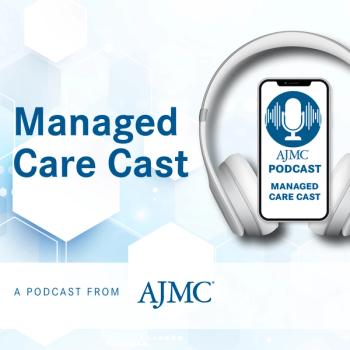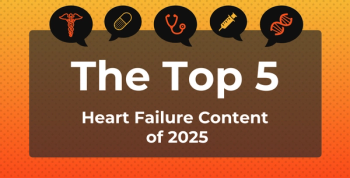
Ongoing COVID-19 Circulation Linked to Increases in Health-Related Work Absences, Workforce Exits
Key Takeaways
- COVID-19-related illnesses continue to drive work absences, with elevated rates persisting post-pandemic, especially in high-risk occupations.
- Health-related absences correlate with increased workforce exits, with a 29.3% increase during the pandemic and a 13.1% increase post-pandemic.
COVID-19–related work absences remain elevated post pandemic, especially in high-exposure jobs, highlighting lasting labor market impacts.
The ongoing circulation of
Earlier studies using data from the first 2 years of the COVID-19 pandemic found large increases in work absences due to childcare, illness, or other personal reasons. Prior research also
However, the ongoing effects of COVID-19 transmission on the US labor market remain less clear.1 To address this, the researchers examined how COVID-19–related illnesses continue to drive work absences and reduce labor market participation, focusing on the association between COVID-19 prevalence and week-long health-related absences.
Spanning 2010 to 2024, the cohort study used monthly data from employed survey respondents in the nationally representative Current Population Survey (CPS) and linked it with CDC COVID-19 wastewater surveillance data. Wastewater viral activity levels measured COVID-19 prevalence across 3 periods: before the pandemic (before March 2020), during (March 2020-April 2023), and after the end of the public health emergency declaration (May 2023-December 2024). Associations between health-related absences and wastewater viral activity were analyzed using state-level data and linear regressions with state and month fixed effects.
The study cohort represented about 158.4 million workers at baseline in February 2020, of whom 48% (n = 75.2 million) were female. About 35% (n = 55.3 million) of these workers were aged 15 to 34 years, 41% (n = 65.1 million) were between 35 and 54 years, and 24% (n = 38.0 million) were 55 years or older. In terms of race and ethnicity, 62% of patients were non-Hispanic White, 18% were Hispanic, 11% were non-Hispanic Black, 7% were Asian, and 1% were American Indian.
The researchers found evidence of continued COVID-19 disruptions, but these were at a smaller scale than during the public health emergency. Specifically, they observed excess health-related absences during the pandemic period and elevated rates that have continued since the end of the public health emergency. On average, in 2024, there were about 1.07 million health-related absences per month, which the researchers underscored is comparable to peak prepandemic influenza season conditions.
Additionally, these trends in health-related absences closely tracked COVID-19 wastewater viral activity levels since January 2022. Compared with an average of 1.15 million monthly absences before the pandemic, there were 56.7% more absences during the pandemic (n = 1.79 million) and 12.9% more in the postpandemic period (n = 1.29 million; difference, 140,000 monthly absences).
The researchers highlighted that occupations with a greater risk of exposure to COVID-19 still experienced elevated health-related absences vs before the pandemic. In line with previous research, workers in low work-from-home and high physical proximity occupations experienced greater increases in health-related absences during the pandemic period, which remained true after the end of the public health emergency.
Specifically, workers in less risky occupations saw their health-related absences decrease to prepandemic levels, while health-related absences were 8.1% higher compared with prepandemic levels (8.0 absences per 1000 workers [95% CI, 7.93-8.20] vs 8.72 absences per 1000 workers [95% CI, 8.44-8.99]) for those in low work-from-home occupations and 12.5% higher (6.99 absences per 1000 workers [95% CI, 6.87-7.12] vs 7.87 absences per 1000 workers [95% CI, 7.60-8.14]) for those in high physical proximity occupations.
Lastly, health-related absences continue to impact workforce participation. Compared with an average of 103,800 monthly exits before the pandemic, there were about 134,200 during the pandemic (a 29.3% increase) and 117,300 after the end of the public health emergency (a 13.1% increase; difference, 13,500 monthly exits).
The researchers acknowledged several limitations, all stemming from their reliance on CPS data. Because CPS data on health-related work absences are conditional on employment, the composition of the sample may have shifted as employment rates changed. Still, they expressed confidence in their findings and their potential to inform future efforts aimed at mitigating the ongoing impact of COVID-19 on the workforce.
“These findings suggest that COVID-19 may have created a new year-round baseline for work absences that is similar to influenza season conditions before the pandemic; policymakers should consider expanding interventions and data collection efforts to address the negative impacts of COVID-19 on the labor force,” the authors wrote.
References
- Dennett JM, Soltas EJ, Goda GS, Thornhill TA, Werner K, Gonsalves GS. Enduring outcomes of COVID-19 work absences on the US labor market. JAMA Netw Open. 2025;8(10):e2536635. doi:10.1001/jamanetworkopen.2025.36635
- Goda GS, Soltas EJ. The impacts of COVID-19 absences on workers. J Public Econ. 2023;222:104889. doi:10.1016/j.jpubeco.2023.104889
Newsletter
Stay ahead of policy, cost, and value—subscribe to AJMC for expert insights at the intersection of clinical care and health economics.

